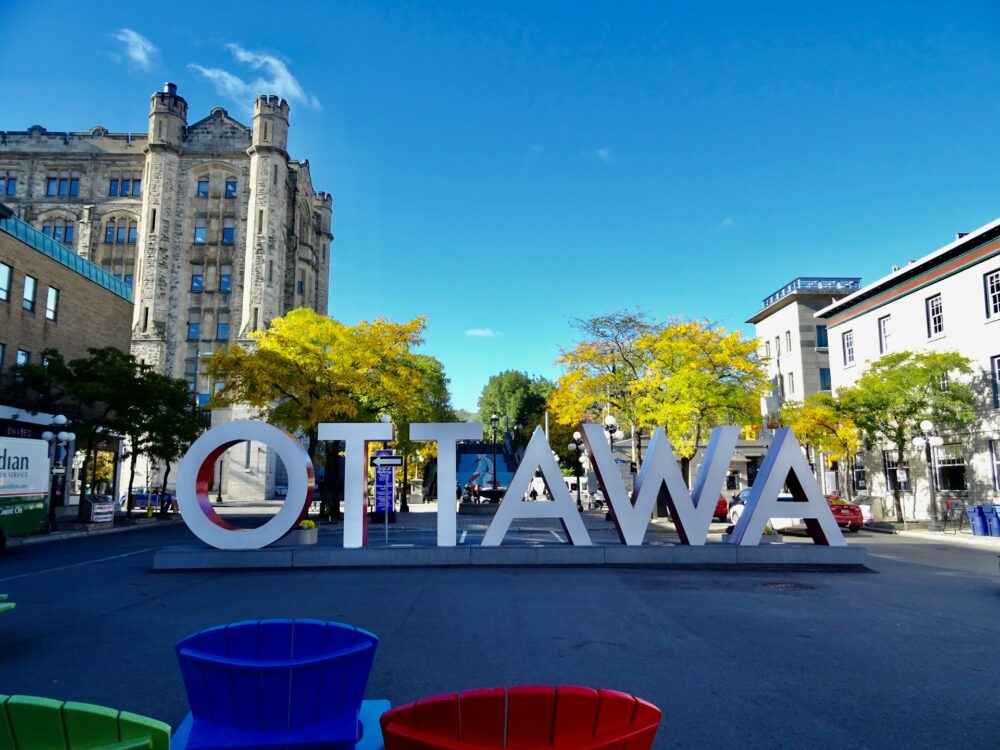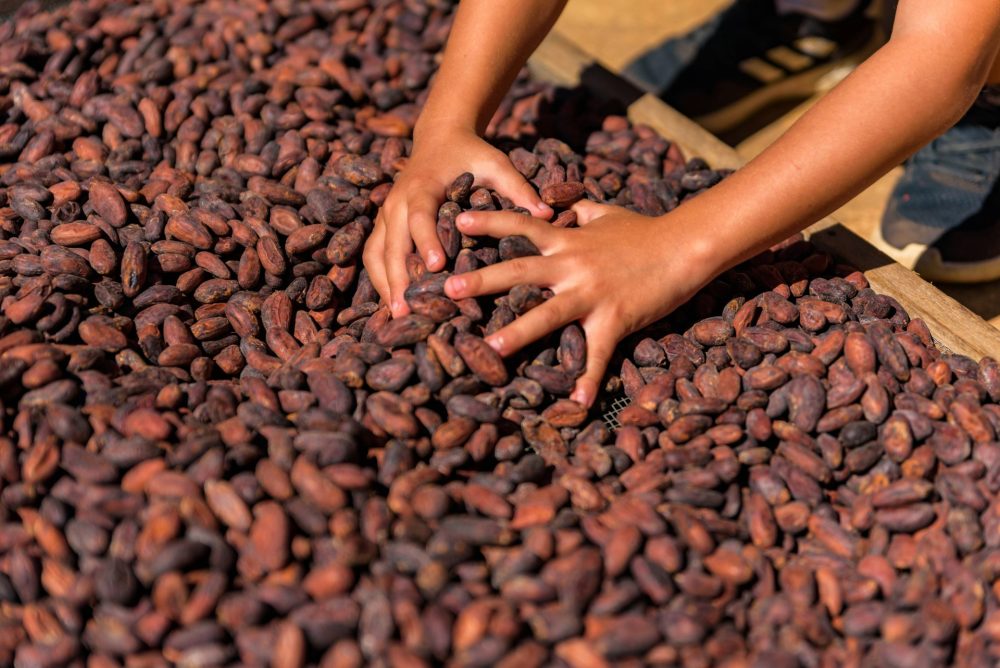Cannabis
Canada Is Drowning in Cannabis: What Will the Country do with the 57 Million Unsold Cannabis Products
Canada faces a severe cannabis oversupply, with 53.7 million unsold products as of December 2023. Despite legalization in 2018 and initial shortages, the market now struggles with excess inventory. Categories like dried hemp, food products, extracts, seeds, and skin products all face significant oversupply, highlighting the need for urgent market adjustments to balance supply and demand.

Canada is grappling with a serious oversupply of cannabis products, which poses a huge challenge to the growing legal cannabis market.
New data released by Health Canada reveals that there were as many as 53.7 million unsold cannabis products on the market in December. This glut shows that the market in Canada is still struggling with an imbalance between supply and demand, even though several years have passed since legalization.
Canada pioneered the legalization of cannabis for recreational use in October 2018, opening a new era for the cannabis industry. This decision was aimed not only at regulating the market, but also at combating the illegal trade in cannabis and generating new sources of income for the state budget.
When the legal cannabis sales program launched in October 2018, the market immediately faced shortages. Demand far outstripped supply, leading to empty shelves and frustration among consumers. Manufacturers in Canada were unable to quickly meet the growing demand, resulting in short-term but intense product availability problems.
Current oversupply situation in Canada
As of Q4 2023, retail products are experiencing significant oversupply across all cannabis product categories. This analysis reveals that the market continues to struggle with excess inventory, which creates challenges for manufacturers and distributors.
Detailed Statistics
Dried Hemp: The stock-to-sales ratio is 3.4 to 1, meaning for every product sold, there are more than three unsold.
Food Products: The ratio is 3.6 to 1, indicating an even greater oversupply in this category.
Extracts: Here the ratio is 3.7 to 1, which shows that the extract market is also saturated with unsold products.
Seeds: The greatest oversupply is in the seed category, where the ratio is as high as 22.8 to 1. This dramatically indicates a huge oversupply that is not finding buyers.
Skin products : The ratio is 6.4 to 1, which also shows significant oversupply in this category.
These numbers illustrate how much of a problem oversupply is in the Canadian cannabis market, requiring urgent corrective action to balance supply and demand and avoid further financial losses for producers.
Monthly analysis
As of December 2023, there were 75 million packaged cannabis products on the market, of which only 21.3 million units were sold. This means that as many as 53.7 million units remained unsold. This situation clearly shows how big a problem excess inventory is in this industry.
Comparison with previous months
June 2023 : In June 2023, the number of packaged units was 75.4 million, of which just over 20 million units were sold. This represents a surplus of 55.4 million unsold units.
December 2022 : Similarly, in December 2022, almost 20 million units were sold out of almost 76 million packaged units, leaving an excess of over 56 million units.
Comparison of these data from different months shows that the problem of oversupply is permanent and is not decreasing. Regular excess inventory indicates the need to make changes in production and distribution to better adapt to market demand and avoid further financial losses.
Market trends in Canada
In the fourth quarter of 2023, cannabis product sales showed some interesting trends. Dried hemp flower dominated the market, accounting for as much as 49% of total retail sales. Food products and extracts had an equal share, 25% each, indicating their considerable popularity among consumers.
Analyzing sales data on the medical market in December 2023, it can be seen that patients chose food products and extracts more often than dried hemp flowers. During this period, 220,774 units of dried flowers were sold, while sales of edibles were 359,643 units and extracts were 237,272 units. This data may suggest that medical users prefer forms of consumption that offer easier dosing or other health benefits.
Canada’s production capacity
The production capacity of the Canadian cannabis market has increased significantly over the years. In the fourth quarter of 2023, the total licensed cultivation area was 7.9 million square meters. This area is divided into 1.5 million square meters of indoor crops and 6.5 million square meters of outdoor crops.
Comparing these numbers to data from October 2018, when cannabis legalization was just starting, the total cultivated area was only 452,896 square meters. The largest increase in indoor growing area occurred in May 2020, reaching 2.2 million square meters, while outdoor growing area peaked in December 2021, reaching 7.1 million square meters.
This significant increase in production capacity is the result of growing market demand and intensive investments in the development of agricultural infrastructure. However, despite increased production capacity, the market is still struggling with oversupply, which requires further analysis and potential adjustments in production and distribution strategies.
__
(Featured image by Jacob Meissner via Unsplash)
DISCLAIMER: This article was written by a third party contributor and does not reflect the opinion of Born2Invest, its management, staff or its associates. Please review our disclaimer for more information.
This article may include forward-looking statements. These forward-looking statements generally are identified by the words “believe,” “project,” “estimate,” “become,” “plan,” “will,” and similar expressions. These forward-looking statements involve known and unknown risks as well as uncertainties, including those discussed in the following cautionary statements and elsewhere in this article and on this site. Although the Company may believe that its expectations are based on reasonable assumptions, the actual results that the Company may achieve may differ materially from any forward-looking statements, which reflect the opinions of the management of the Company only as of the date hereof. Additionally, please make sure to read these important disclosures.
First published in Fakty Konopne. A third-party contributor translated and adapted the articles from the originals. In case of discrepancy, the originals will prevail.
Although we made reasonable efforts to provide accurate translations, some parts may be incorrect. Born2Invest assumes no responsibility for errors, omissions or ambiguities in the translations provided on this website. Any person or entity relying on translated content does so at their own risk. Born2Invest is not responsible for losses caused by such reliance on the accuracy or reliability of translated information. If you wish to report an error or inaccuracy in the translation, we encourage you to contact us

-

 Markets2 days ago
Markets2 days agoCocoa Markets Flat as Supply Improves and Demand Remains Weak
-

 Crypto2 weeks ago
Crypto2 weeks agoBitMine Surpasses 4 Million ETH Holdings Amid Market Volatility
-

 Biotech6 days ago
Biotech6 days agoMedical Research in 2025: A Turning Point for Precision and Personalized Medicine
-

 Fintech1 day ago
Fintech1 day agoOneConnect Stock: High Risk, Fading Confidence, and a Slim Turnaround Hope

























